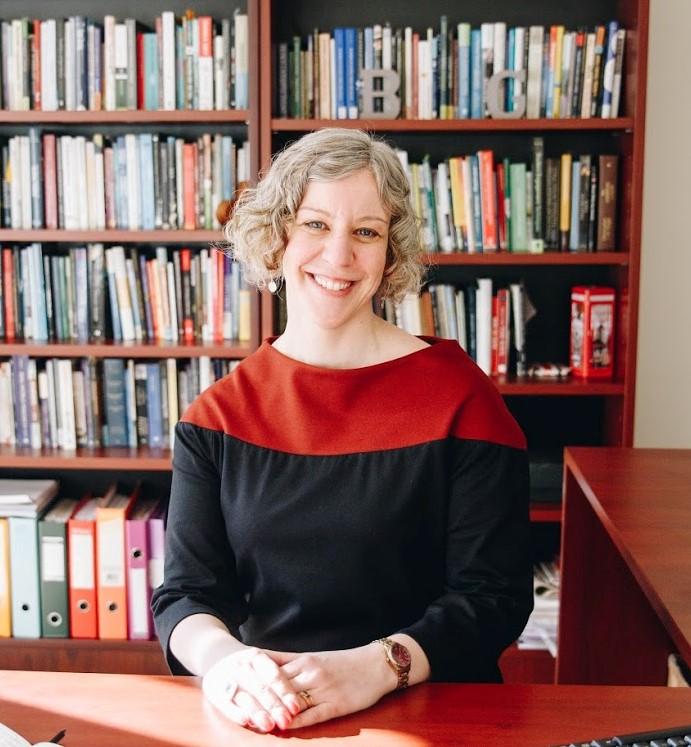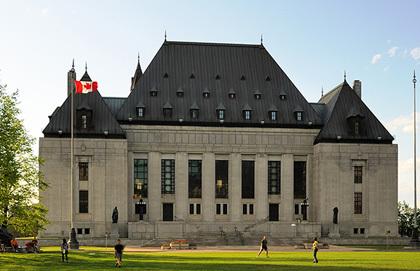What is it that makes a city? Judging by the ones I’ve visited lately—London, Abu Dhabi, Chicago, Sydney—it is global finance and skyscrapers. When people show off their cities to you, they might often take you to a glamourous, redeveloped dockland and nod in the direction of a historic building such as a cathedral. But they are unlikely to show you a school.
Thriving cities depend on good relationships. People need to be connected to institutional and social resources. Good connections depend on education, transparency, and accountability. As my colleague Milton Friesen wrote, “Faith-based organizations have a unique role to play in knitting together the social fabric of the city.”
Inner-city schools are often demonized as part of an entrenched social problem standing in the way of economic progress and urban regeneration. Those who know how to access the resources in a city avoid them because the story told is that urban schools are sinks of low academic standards and poor behaviour. We need a new vision for the city school. We need to put a school and a church back at the heart of our city dwelling.
In the United Kingdom creating a city is within the gift of the monarch and historically you couldn’t have a city without a cathedral. The Bishop’s chair, the cathedra, is what makes a church into a cathedral. It is a seat of learning and of authority. It represents a special community where learning, order, worship, liturgy, and sacrament are to be aligned. Cathedral schools get a bad rap from some quarters as elitist institutions offering privilege and advantage to a select few. This means that we hesitate to acknowledge something really important about the model for teaching and learning offered by the rhythms of life in a cathedral school community standing at the heart of the city.
In the medieval world, scholarship was but one dimension of doing life together in the monastic community of the cathedral. The practices of logic and reason were interwoven with the practices of tending community gardens, eating together, and healing the sick—and all were regulated by the bells of the divine office. In the famous scene from Mary Poppins, an elderly, tattered woman sits alone and ignored on the steps of St. Paul’s cathedral and calls out, “Feed the birds, tuppence a bag.” At the heart of the city we are reminded that the birds of the air and the flowers of the field “neither toil nor spin,” but that their needs must be met. In that same story, an overworked banker is reminded of his family’s existence when a teacher with a novel approach to pedagogy disrupts the routine of his established life. Things he has not concerned himself with for years like family, fun, and flying kites come crowding back into his presence, calling back his attention from the world of high finance, a world in which he has experienced the same loneliness and disconnection as the poor bird woman.
I spent a few weeks last month working with a city school: a cathedral school that takes very seriously its identity as a worshipping and learning community. It is unashamed about its mission to offer a Christian vision of life in all of its fullness to the students in its care. The community at St. Andrews Cathedral School, Sydney, have thought deeply about the kind of people they want their graduates to be: “In the light of the cross we strive for students to have hearts that love, minds that grow and lives that give.”
Clearly the graduates of this particular school have unprecedented access to social institutions and resources, but imagine the collective influence of people dwelling in a city who have been formed this way. People who have been taught to love their city see the contributions that both the banker and the bird woman offer to society. When religious institutions and educational institutions work together, far from erecting bastions of privilege, they have great capacity to tear down barriers and build new connections.






